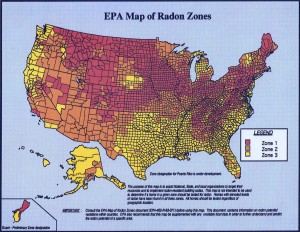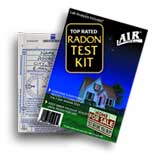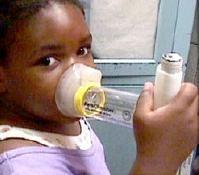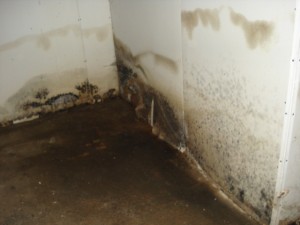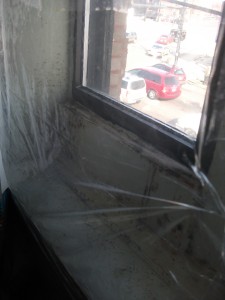From the National Center for Healthy Housing:
| A guide developed to help homeowners and contractors safely clean up homes damaged in the recent floods caused by Hurricane Irene is available immediately. Creating a Healthy Home: A Field Guide for Clean-up of Flooded Homes is a do-it-yourself booklet that provides easy, step-by-step instructions on how to handle mold removal in flooded homes before starting to rebuild or renovate. Agencies working directly with individuals impacted by the floods can also order a shipment of printed booklets to distribute to those needing assistance. Please call the National Center for Healthy Housing (NCHH) at 877.312.3046 for more information.
A weekend of heavy rain has brought flooding problems to communities all along the East Coast of the United States. Officials in Vermont are calling it the worst storm since 1927. Many homes have already endured extensive damage and required evacuation; and in many places the water is still on the rise. “Our hearts go out to the families dealing with the loss of lives and homes caused by this Hurricane Irene. Recovering from a flood can be overwhelming. We hope this guide will help families reduce the damage to their homes and prevent mold growth” said Rebecca Morley, Executive Director of NCHH, based in Columbia, MD. “Mold exposure may cause allergic reactions, such as asthma attacks, sneezing, runny nose, red eyes, and skin rash. Even dead mold spores pose a risk, especially for children and adults with respiratory problems,” said Morley. In 2005, NCHH researched and wrote the guide with funding and technical support from Enterprise Community Partners, a leading national community development organization. The instructional guide documents a protocol that was tested on four homes in New Orleans following Hurricanes Katrina and Rita. In a home that experienced at least five feet of standing water for at least two weeks and had mold growth up to the ceiling, the protocol reduced the mold to non-detectable levels. Acting quickly and removing standing water and water-damaged materials within the first 48 hours is critical for preventing mold growth. NCHH recommends the following steps for cleaning up flooded homes.
National housing organizations Enterprise Community Partners, NCHH, and NeighborWorks®America partnered with NeighborWorks Organization and Neighborhood Housing Services of New Orleans to develop the clean-up protocols. Columbia University and Tulane University provided expertise for the demonstration project. The guide was developed through the generous support of The Home Depot Foundation. |
![]()
